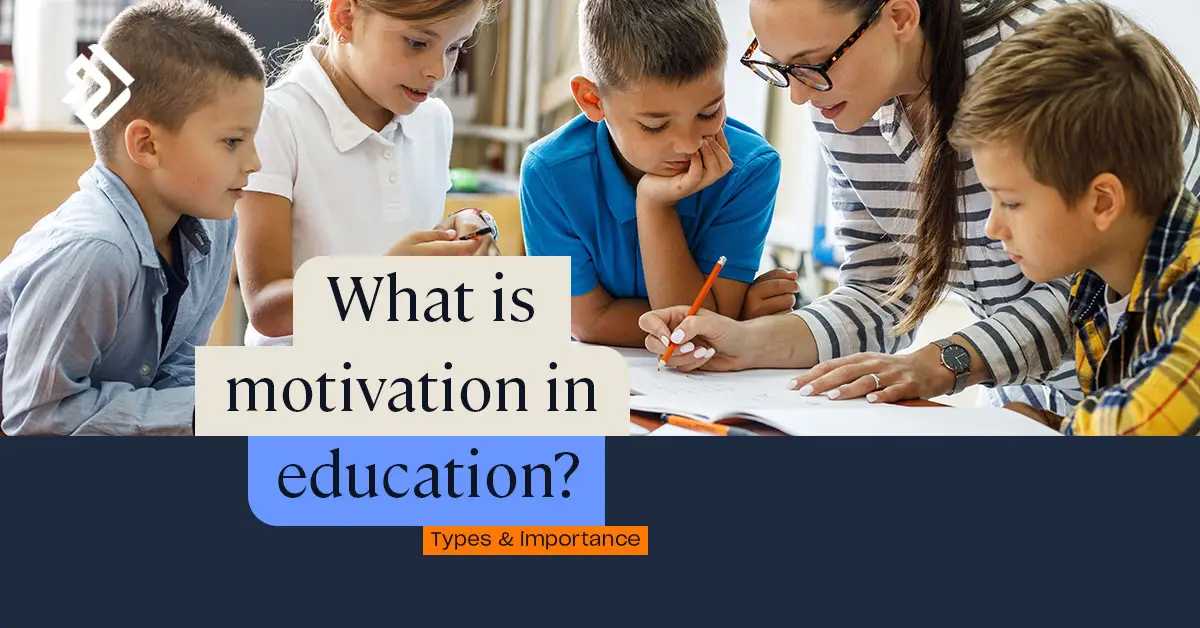
🎯 Introduction: The Blended Revolution in Education
In the wake of the COVID-19 pandemic, the educational world underwent a dramatic shift. Out of necessity, online learning exploded, and as institutions reopened, a new model emerged—hybrid learning.
Hybrid learning is not just a temporary solution. It’s the future of flexible, inclusive, and tech-enabled education.
But what exactly is it, and how is it changing the classroom forever?
📘 1. What Is Hybrid Learning?
Hybrid learning (also called blended learning) is an instructional approach that combines:
- Face-to-face classroom learning
- Online digital components
- Synchronous and asynchronous activities
It allows students to move between physical and digital spaces, engaging with content and instructors in multiple formats.
🧩 2. Key Components of Hybrid Learning
| Component | Role in the Model |
|---|---|
| 🧑🏫 In-person Sessions | Enable social interaction, real-time discussion, hands-on work |
| 💻 Online Platforms | Host recorded lectures, assignments, discussions |
| 🎥 Live Streams | Connect remote learners in real time |
| 📦 Asynchronous Content | Videos, quizzes, readings available anytime |
| 📊 Learning Analytics | Track engagement and performance digitally |

🧠 3. Benefits of Hybrid Learning
🔄 A. Flexibility
Students can learn at their own pace, revisiting material as needed.
🧭 B. Personalization
Teachers can use data to adjust instruction based on learner needs.
👥 C. Inclusivity
Hybrid models accommodate:
- Working students
- Remote learners
- Students with health or mobility limitations
📈 D. Better Engagement
Multiple formats (videos, forums, labs) help maintain interest and cater to different learning styles.
🧑💼 E. Workforce Readiness
Prepares students for remote collaboration, digital tools, and self-directed work—skills valued by modern employers.
🏫 4. How Schools and Universities Are Using It
🏫 K-12 Classrooms
- Flipped classrooms: Students watch lectures at home, do projects in class
- LMS platforms like Google Classroom and Canvas used for tracking and submission
- Hybrid helps with absenteeism or school closures
🎓 Higher Education
- MOOCs + university credit
- In-person labs, online lectures
- Tools like Zoom, Moodle, Blackboard
🎓 Example: Arizona State University
Offers “ASU Sync,” allowing students to choose between attending live lectures on campus or virtually, with the same curriculum and assessments.
🧰 5. Popular Hybrid Learning Tools
| Tool | Purpose |
|---|---|
| Zoom / MS Teams | Live video classes |
| Moodle / Canvas | Course management and content delivery |
| Edpuzzle | Interactive video lessons |
| Flipgrid | Video discussions for remote collaboration |
| Nearpod | Engaging presentations and quizzes in hybrid settings |
🚧 6. Challenges of Hybrid Learning
| Challenge | Description |
|---|---|
| 🧱 Tech Access Gaps | Not all students have reliable internet or devices |
| 🤖 Teacher Training | Requires digital literacy and ongoing PD for educators |
| 🎯 Engagement Difficulty | Harder to track and motivate remote learners |
| ⚙️ Infrastructure Costs | Schools need robust systems and support staff |
| 🧑🏫 Pedagogical Shift | Requires redesign of lesson plans to fit both environments |
💡 7. Hybrid vs. Online vs. In-Person: Key Differences
| Feature | In-Person | Online Only | Hybrid Learning |
|---|---|---|---|
| Classroom Time | 100% | 0% | Partial |
| Flexibility | Low | High | Medium–High |
| Peer Interaction | High | Low–Medium | Medium–High |
| Access | Local Only | Global | Local + Global |
| Instructor Presence | Physical Only | Virtual Only | Both |

🌐 8. Global Adoption of Hybrid Models
- USA & Canada: Many universities are implementing permanent hybrid models post-pandemic
- Europe: EU funds digital infrastructure for blended learning
- India: NEP 2020 encourages hybrid formats with platforms like SWAYAM
- Africa: NGOs and mobile tech are pushing hybrid education into remote areas
🧑🏫 9. Hybrid Teaching Strategies for Educators
- Flipped learning: Students learn basic concepts online, deepen in class
- Modular content: Break lectures into short, reusable segments
- Discussion boards: Encourage async engagement
- Analytics: Monitor who is struggling early and offer support
- Peer learning: Blend group activities across platforms
🔮 10. The Future of Hybrid Learning
📱 AI-Enhanced Learning
AI will personalize content and suggest review materials in real time.
🕶️ VR & AR Integration
Virtual science labs, 3D history tours, and immersive learning from anywhere.
🌐 Global Classrooms
Students from different countries collaborate in the same hybrid course.
🧬 Data-Driven Pedagogy
Teachers use dashboards to adapt teaching strategies instantly.
Hybrid learning will evolve into “phygital” learning—a seamless mix of physical and digital education.
✅ Conclusion: The Best of Both Worlds
Hybrid learning offers the rigor of classroom teaching and the flexibility of online education. It fosters a new breed of learners: adaptable, self-directed, and digitally fluent.
In the hybrid classroom, location no longer limits learning. Access, agency, and adaptability are the new pillars of education.










